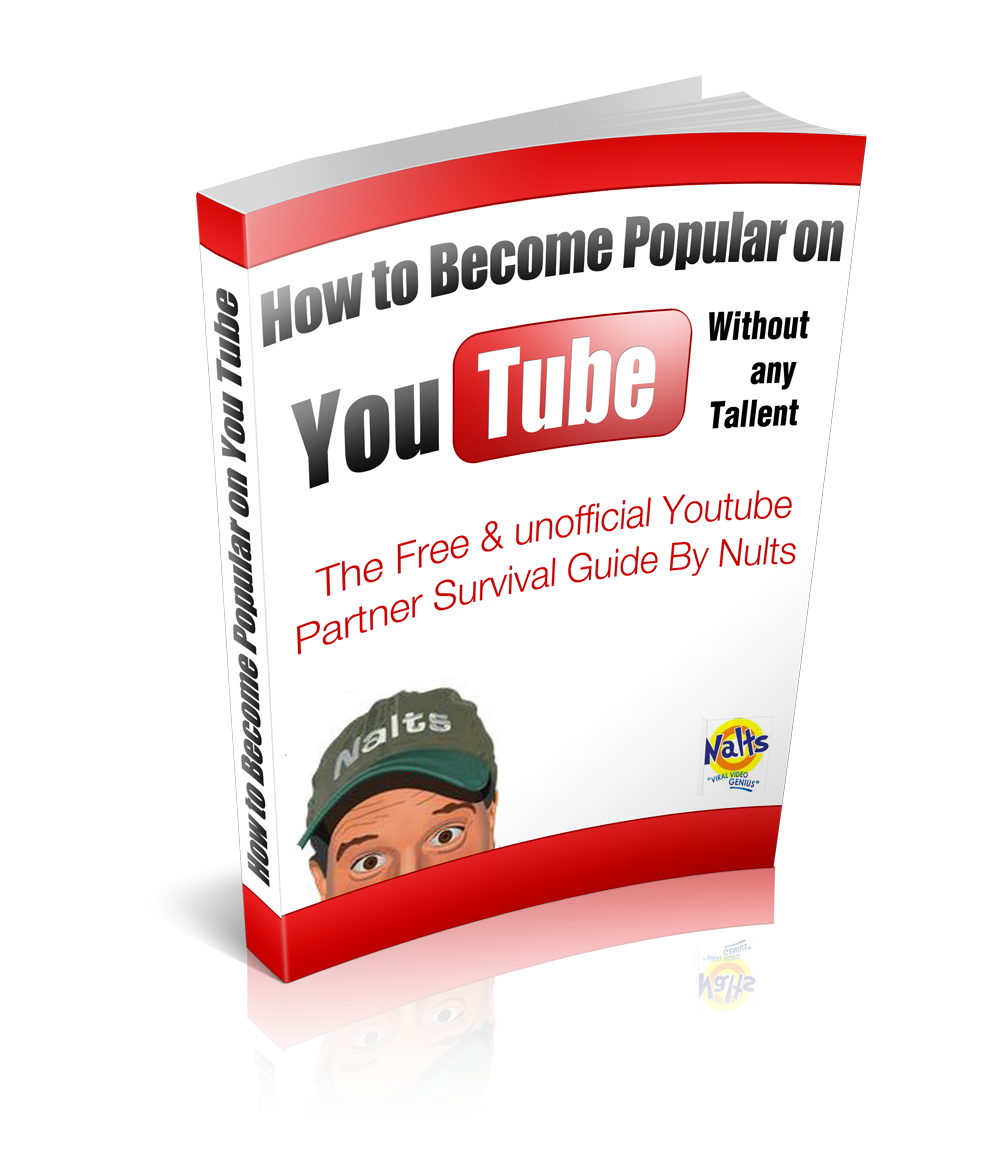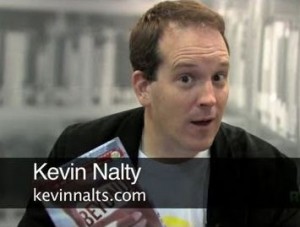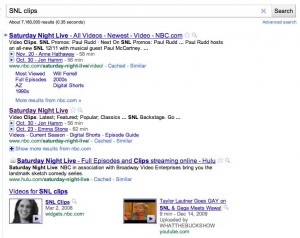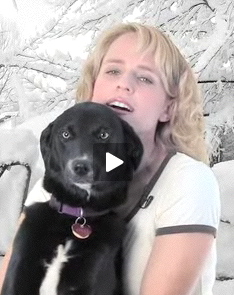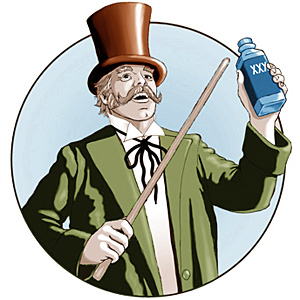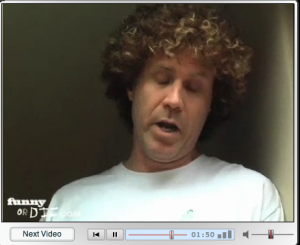So your video of you dog/baby/pratfall suddenly goes viral, and you’re faced with choices… how do you capitalize on the luck?
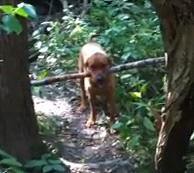
I’ve had the pleasure of informally coaching viral lotto winners, from “David At the Dentist” and Richter Scales to the recent Dagfinn (who is navigating his stick the way I manage my career). It’s a small world, and if I’m checking e-mail I’m happy to help a fellow “Viral Video Genius.”
Anyway, here are some of the pieces of pro-bono advice (I never ever ever charge fellow creators) which I’ve provided. In general, the goal is to knock out some important things (getting channel in shape, applying to be YouTube partner, tagging video), enjoy the ride, and hope the 15 minutes lasts.
- Get your YouTube channel submitted to become a Partner (I used to help rush that before YouTube scaled back on human contact)
- Optimize the video for search. Most viral lotto winners have failed to describe the video, and load the description/keywords with terms that people might use having heard about the clip.
- Provide a URL (or Facebook fan page) in the video description with more info and contact information. It’s very difficult to use YouTube’s lousy message system which GOD FORBID they merge with Gmail (I’m on year 4 of that idea). Make sure this hyperlink appears in the truncated description.
- Pay attention to, but doubt, the multitude of business propositions. Sure it may make sense to create some merchandise but a) it’s kinda cheesy, and b) It won’t be a drop in the bucket relative to ad revenue.
- Pray the viral viewing continues. By my best guess, David at the Dentist has paid for an Ivy League college with his viral clip, which has surpassed 100 million views.
- Be open to a sponsorship ($5-$20,ooo) but that depends on timing and the content. It’s unlikely these will keep rolling in, so be selective and more while the video is hot. It’s generally hard to find these… they kinda have to come to you.
- If you’re lucky enough to get national media inquiries DO IT. It’s free (except hotel/travel), but it will drive views and intrigue. If you are going to merchandise, here’s a way to promote that subtly. For instance don’t pimp a website, but consider wearing a t-shirt that celebrates your viralicity.
- If you plan on creating more videos, then ask viewers to subscribe. Also create a good looking YouTube channel page… otherwise people won’t even think about subscribing… they’ll just think it’s a one-hit wonder.
- Post more videos but do not expect anywhere near the views. For proof, check the other videos on any channel that has a viral one. It’s very rare to see, for instance, a second “Charlie Bit My Finger” do anything even close to the first. Still worth trying.
- If you want to do some audience development and promotion, check out my free eBook called “How To Get Popular on YouTube Without Any Talent” (version 4). If you really want to get fancy, pick up my real book “Beyond Viral“).

